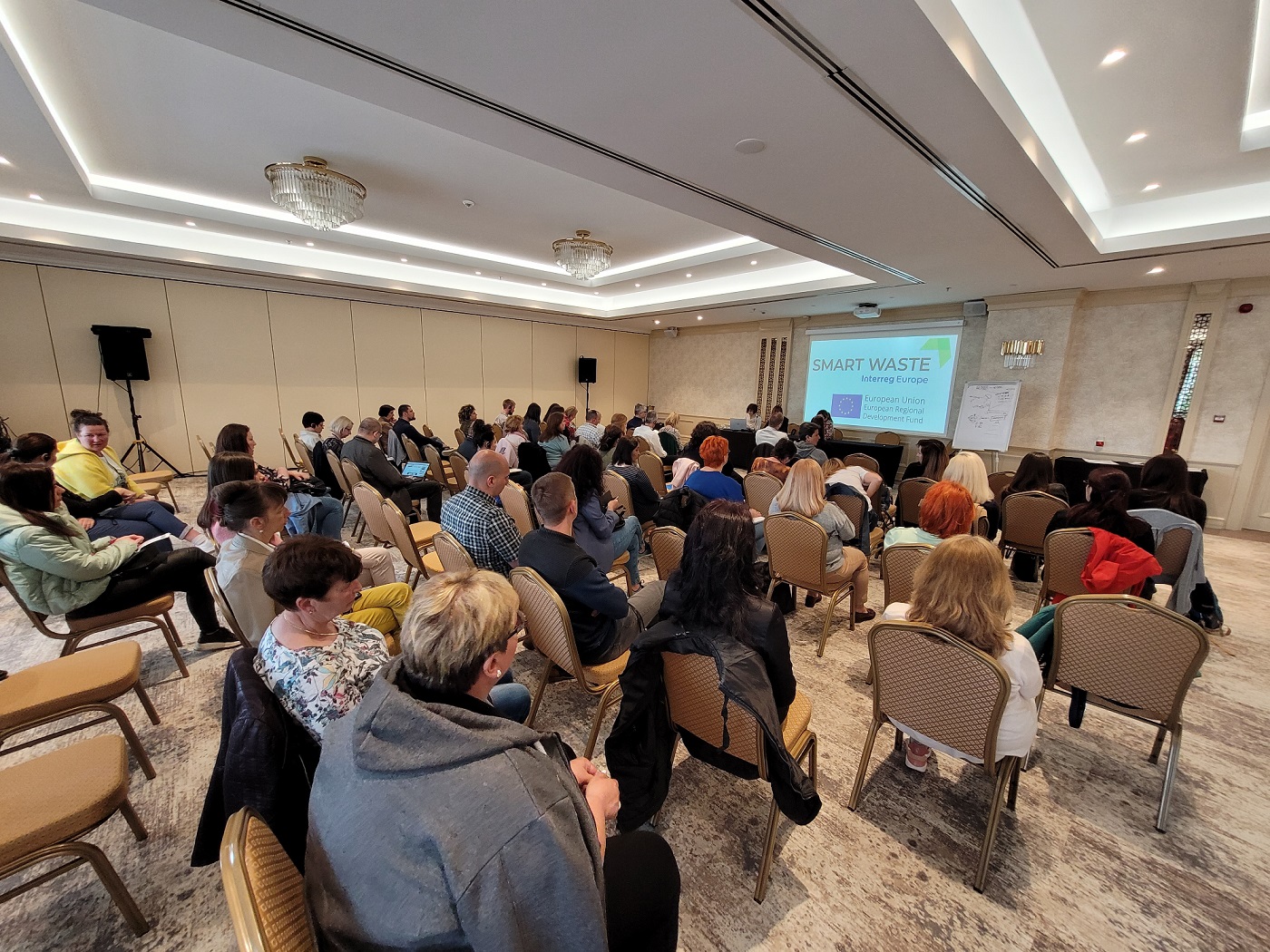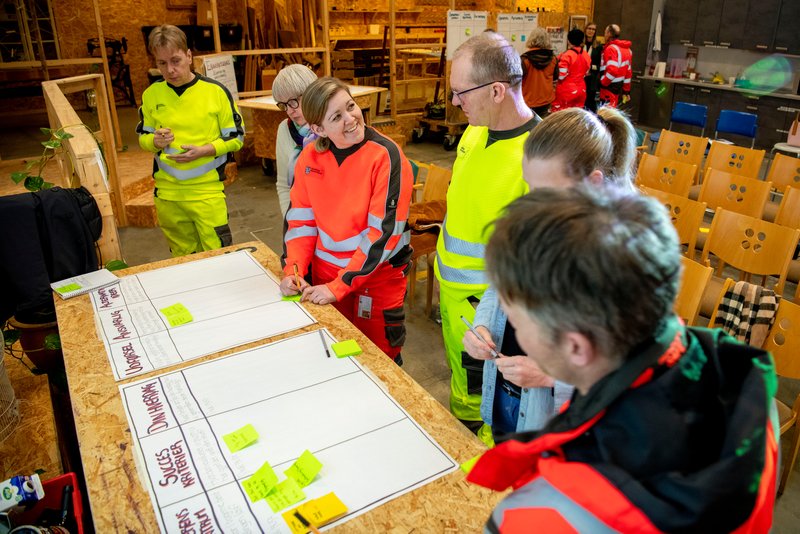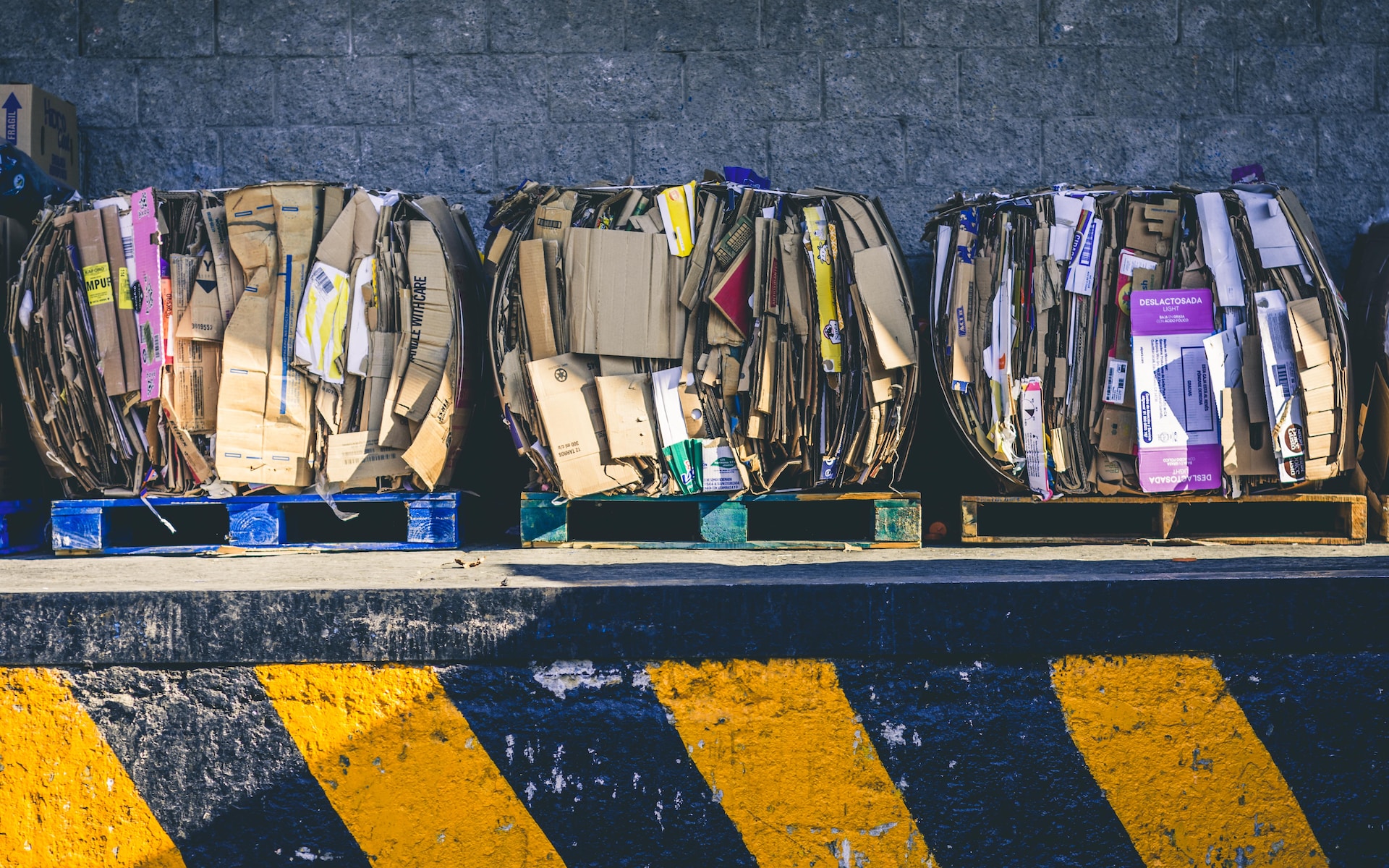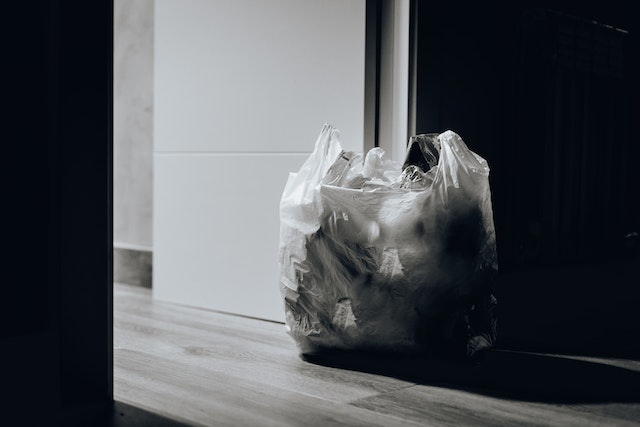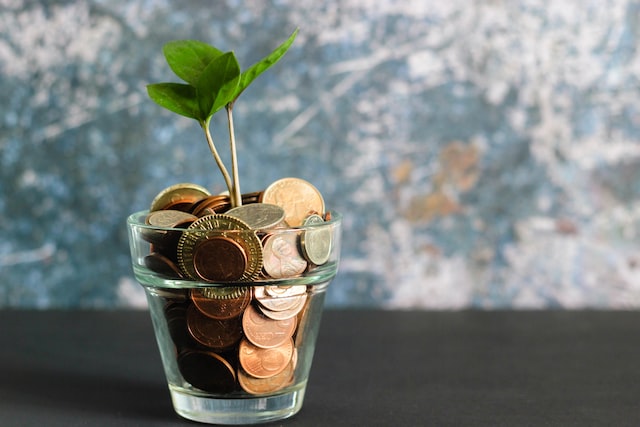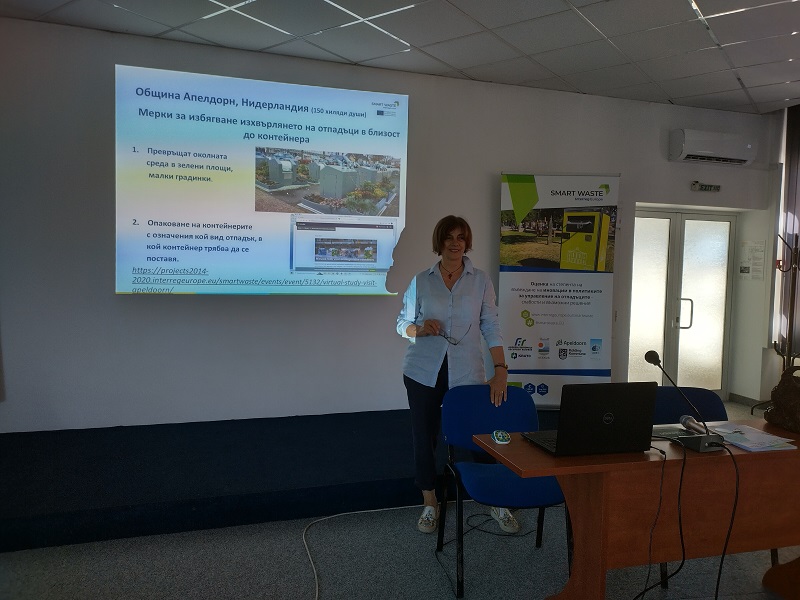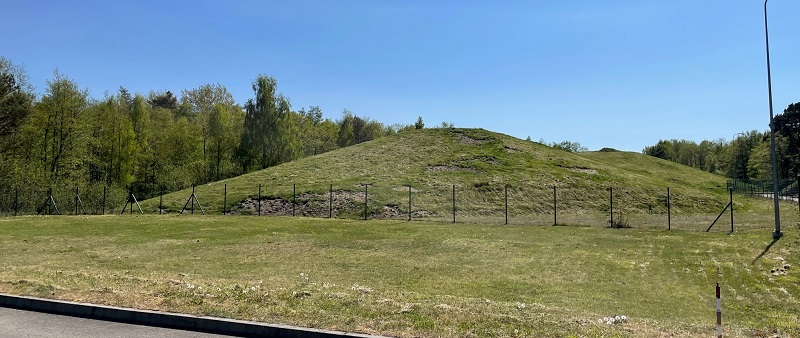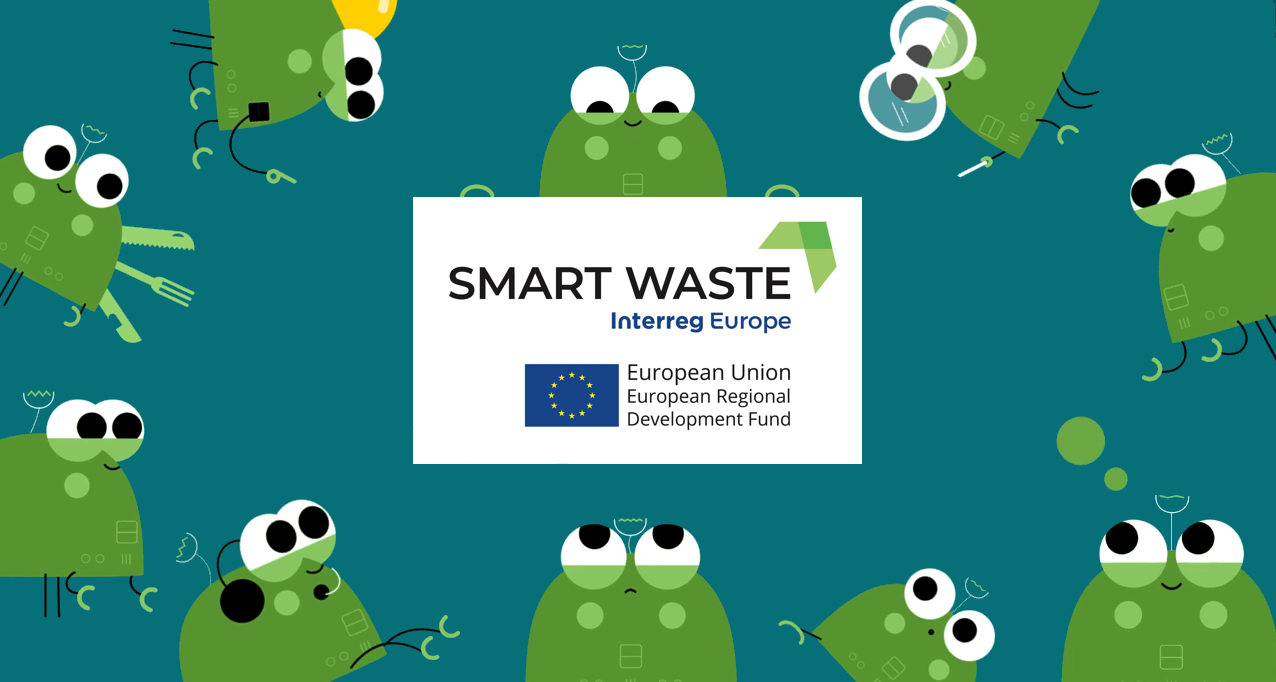In November 2021 Eurostat released an article on material flows in circular economy. According to the data presented, 67 % (5.17 billion tonnes or Gt) of raw materials processed in the EU (7.72 Gt) originate from domestic extraction, 20 % from imports (1.53 Gt) and 13 % from recycling and backfilling (1.03 Gt), while 57 % of raw materials processed were used to make products (4.38 Gt). The rest were mainly exported or used for producing energy. The article also provides updates on the circular material use rate both on the EU-27 (2004 – 2020) and on Member States (MSs) (2010 – 2020) levels, whereas the circular material use rate, according to Eurostat methodology, “measures the share of material recycled and fed back into the economy in overall material use — thus reducing the extraction of primary raw materials. The indicator includes flows of materials, fossil fuels and energy products, but not flows of water”. On the EU-27 level the circular material use rate was slightly below 13% in 2020, i.e. 2 percentage points above the 2010 level and 4.5 percentage points above the 2004 level. Shifting focus on SMART WASTE partners MSs, it could be seen that the Netherlands, Belgium and Italy show a circular material use rate well above the EU-27 average in 2020, whereas rate of Denmark, Lithuania and Bulgaria are below that average. That confirms the potential for SMART WASTE project’s ongoing contribution to higher material use rate in partners’ territories by continuous sharing of experiences and expertise on innovation in waste management.
Furthermore, a specific example of opportunities for exchange on policy improvements among SMART WASTE partners could be can be found in Eurostat release on plastic packaging waste published in October 2021. According to it, in 2019, each person living in the EU generated 34.4 kg of plastic packaging waste, out of which 14.1 kg was recycled. The article also stresses that “between 2009 and 2019, the volume of plastic packaging waste generated per inhabitant increased by 24% (+6.7 kg). The recycling volume of plastic packaging waste increased sharply over the same period, by 50% (+4.7kg). Despite this improvement, the amount of plastic packaging that wasn’t recycled increased by 2.0 kg per inhabitant since2009 due to the greater increase in the absolute value of plastic packaging waste generated”. Again, shifting focus on SMART WASTE partners MSs, it could be seen that recycling rate for plastic packaging waste is above the EU average in each of them except Bulgaria (data not available) and Denmark (5 percentage points below the EU average), whereas Lithuania is the EU champion with the rate of almost 70%.
For more details, read the complete Eurostat releases on circular economy and on plastic packaging waste.


